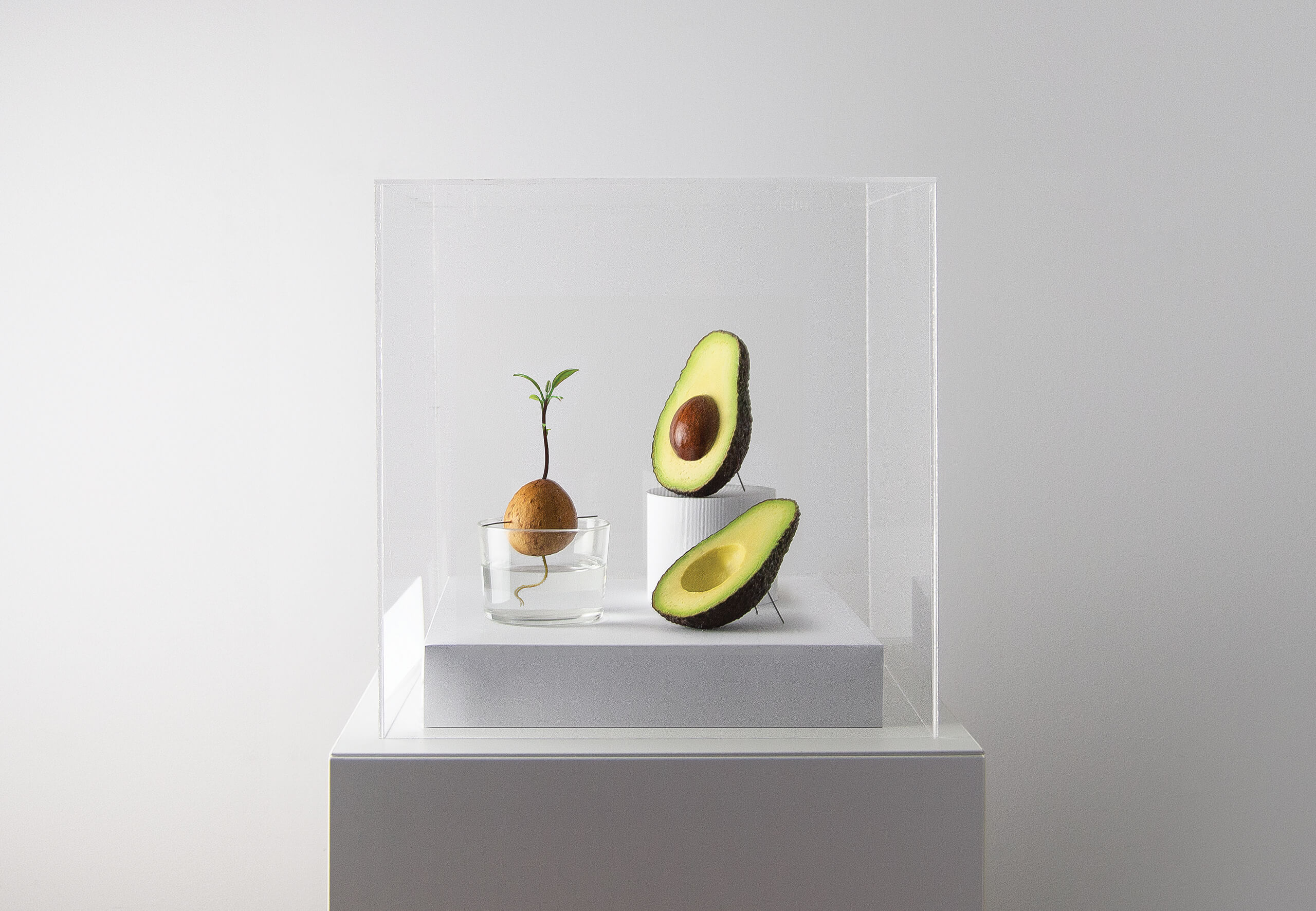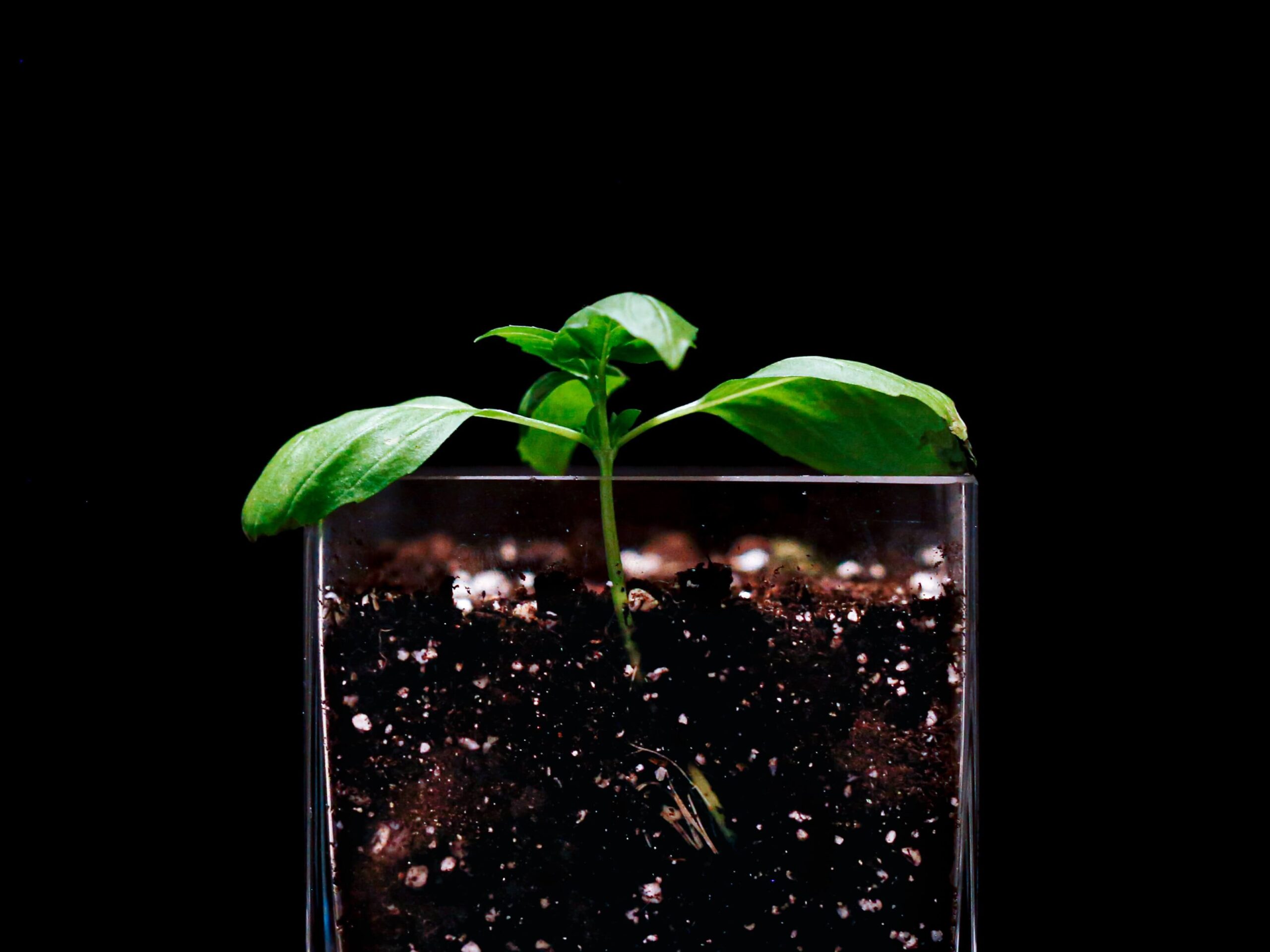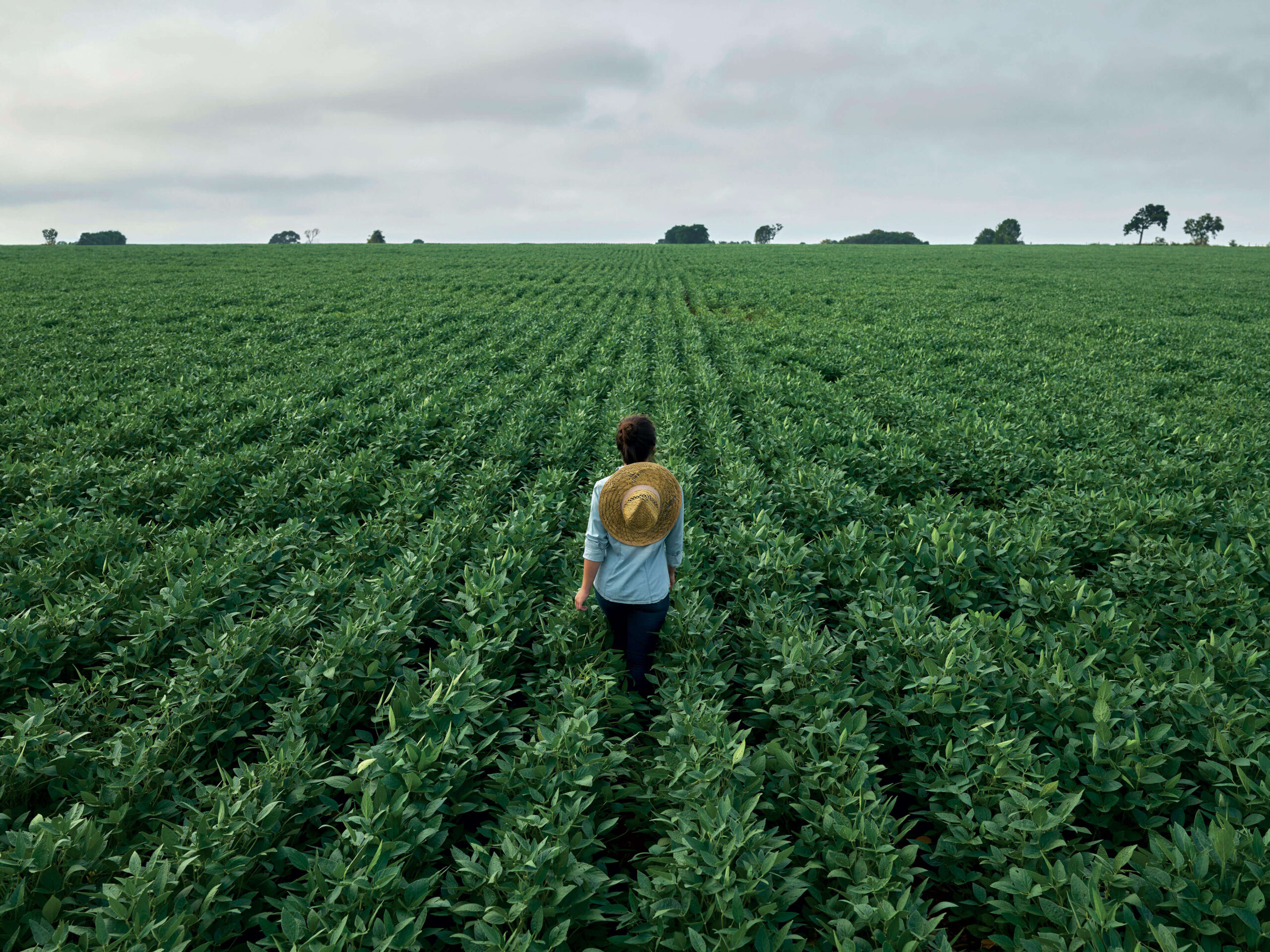
Changes in rainfall patterns are anticipated to be the biggest threat to three very different scale farming operations in the United States, India, and Africa.
India
In the South Indian state of Tamil Nadu, Ravichandran Vanchinathan grows a variety of crops, including rice, cotton, pulses, and sugar cane, on his 47-acre farm. Unlike the majority of India, his crops are irrigated using river water and borewells during the summer when the rivers are dry.
What is your farming system?
I adopt a conventional farming system in a sustainable way. I follow all the good agronomic practices that were used before the Green Revolution and integrate these with all workable, scientifically proven technologies introduced since then, such as hybrid seeds, genetically modified seeds, and chemical controls.
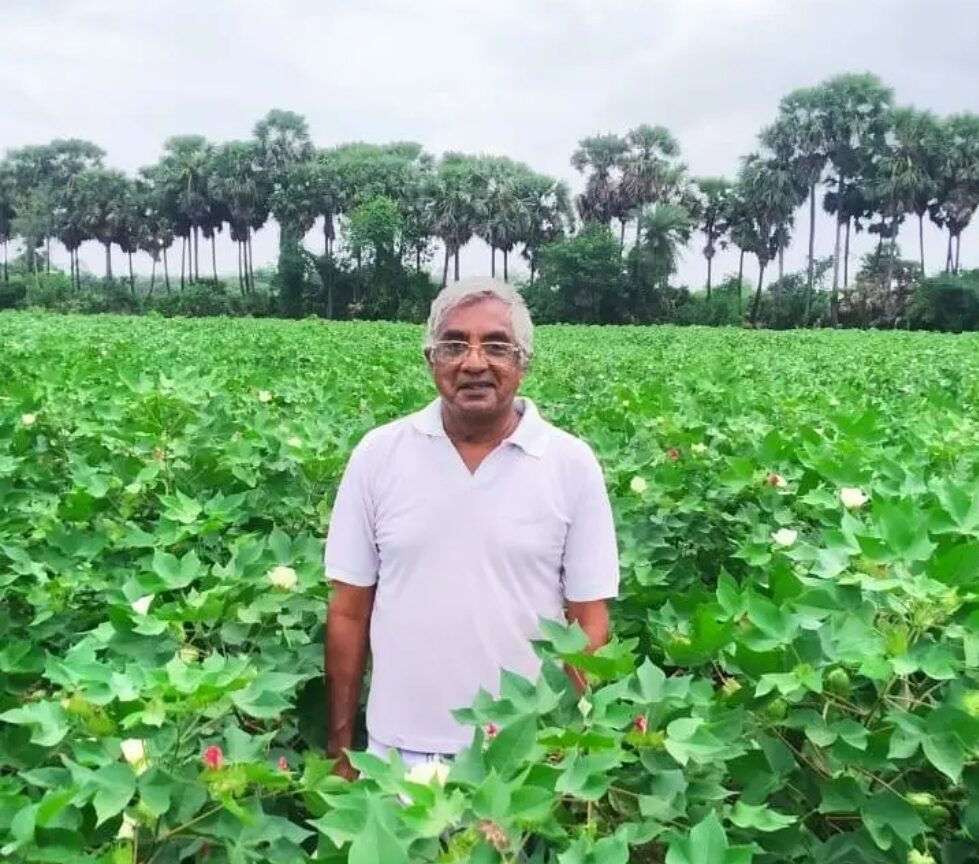
What do you see as the biggest threat or challenge in 2024?
India has imposed an abrupt ban on non-Basmati rice exports. With this major market cut off, it might impact our domestic rice market if it becomes flooded.
The cotton market is also challenging, with prices having fallen 50% during 2023.
Our experts predict a scarcity of water due to the El Niño phenomenon. Although the Pacific Ocean is far away, its surface temperature increase would adversely impact our monsoon by suppressing rainfall.
This would have a snowball effect for farmers: to produce 1kg of rice, about 5,000–6,000 liters of water are needed.
And as the world’s most populous nation, India would be more severely affected by El Niño at both micro and macro levels.
Russia-Ukraine is another issue. We anticipate supply disruptions and a shortage of fertilizer, especially phosphate and potash, and we’re now importing fertilizer from Israel, Morocco, and Canada at a higher price.
What do you see as the biggest threat or challenge in the longer term?
Global warming is our greatest threat. We’ve already started experiencing erratic monsoons, flash floods, the sudden melting of glaciers, and drought. If farming goes wrong, nothing else will go right, and the majority of Indian farmers are monsoon-dependent.
Another worrisome scenario is that the younger generation is migrating to cities and towns in search of ‘greener’ pastures. Inadequate income drives the younger generation away from farming. Reduced incomes for farm households and the exodus of younger generations
are two of the biggest challenges we must address.
How do you intend to mitigate these challenges?
Rice is the staple food for over half the global population and is grown in flooded conditions to suppress weeds.
In this process, an enormous quantity of the greenhouse gas methane is released. By controlling water in the rice field, we can reduce emissions.
And to suppress weeds, I use the appropriate selective herbicides so that the environmental impact is less.
To encourage the younger generations in farming, I will guide them in multiplying their income by encouraging them to adopt scientifically proven technologies, including precision bred crops, using high-yielding varieties and through value addition, collective farming and marketing.
Photo:
Rice is traditionally grown in flooded paddy fields which produce high methane emissions. Farmers are now direct-seeding, or planting Azolla where fields are flooded, to mitigate this.
Source: Sompoch Assawachotechuangkul for Pixabay
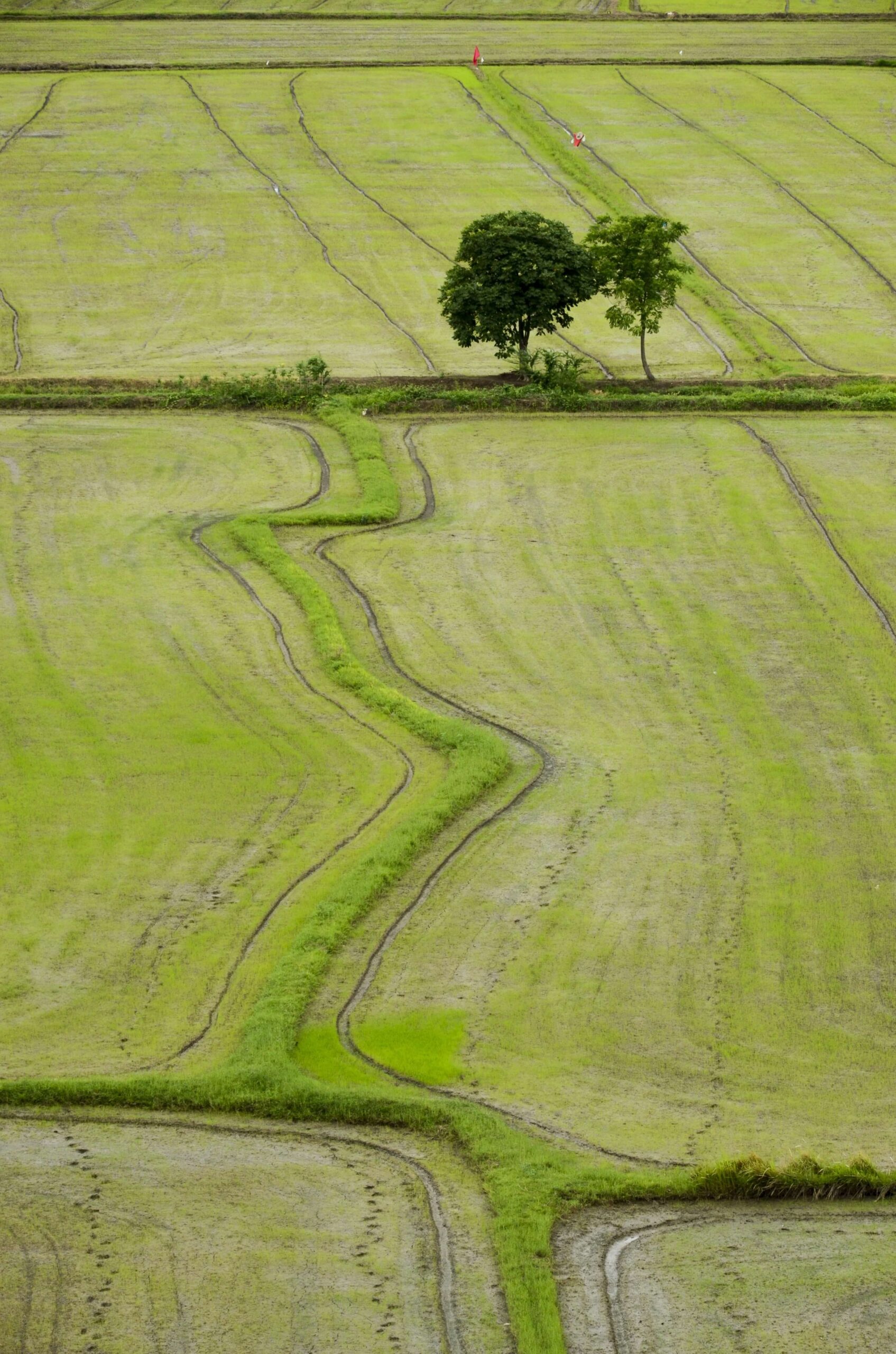
Do you see your practices changing as a result?
Yes. I’ve showcased that rice can be grown using drip irrigation and that cotton production can be enhanced by sowing Bt cotton. We can address abiotic stress using stress-tolerant varieties bred using molecular marker-assisted breeding technology. Instead of sticking to the long-duration, traditional varieties, I grow high-yielding, short- to medium-duration varieties.
I adopt Integrated Nutrition Management and split application of fertilizers. We use biofertilizers, green manure crops, legumes to fix
atmospheric nitrogen, and Azolla [a freshwater fern] in flooded rice fields to absorb methane. We also have advances in farm mechanization to direct sow rice.
United States
In eastern Colorado, rainfall is scarce. Barry Hinkhouse’s 23,000-acre farm sits over the Ogallala aquifer, the largest in the world. It acts as a giant sponge underlying eight US states; South Dakota, Nebraska, Wyoming, Colorado, Kansas, Oklahoma, New Mexico, and Texas. Even so, there’s not enough water to irrigate all his land, which is split across corn, wheat and summer fallow.
What is your farming system?
I have two kinds of acres – dryland and irrigated. The dryland receives just 16 inches of annual rainfall and is used to grow around 5,300 acres of wheat and 6,000 of corn.
About 6,700 acres is irrigated, split between 1,200 acres of wheat and 5,500 acres of corn. The remaining acreage is summer fallow, a practice we use on the dryland to store water in the soil for the next crop.
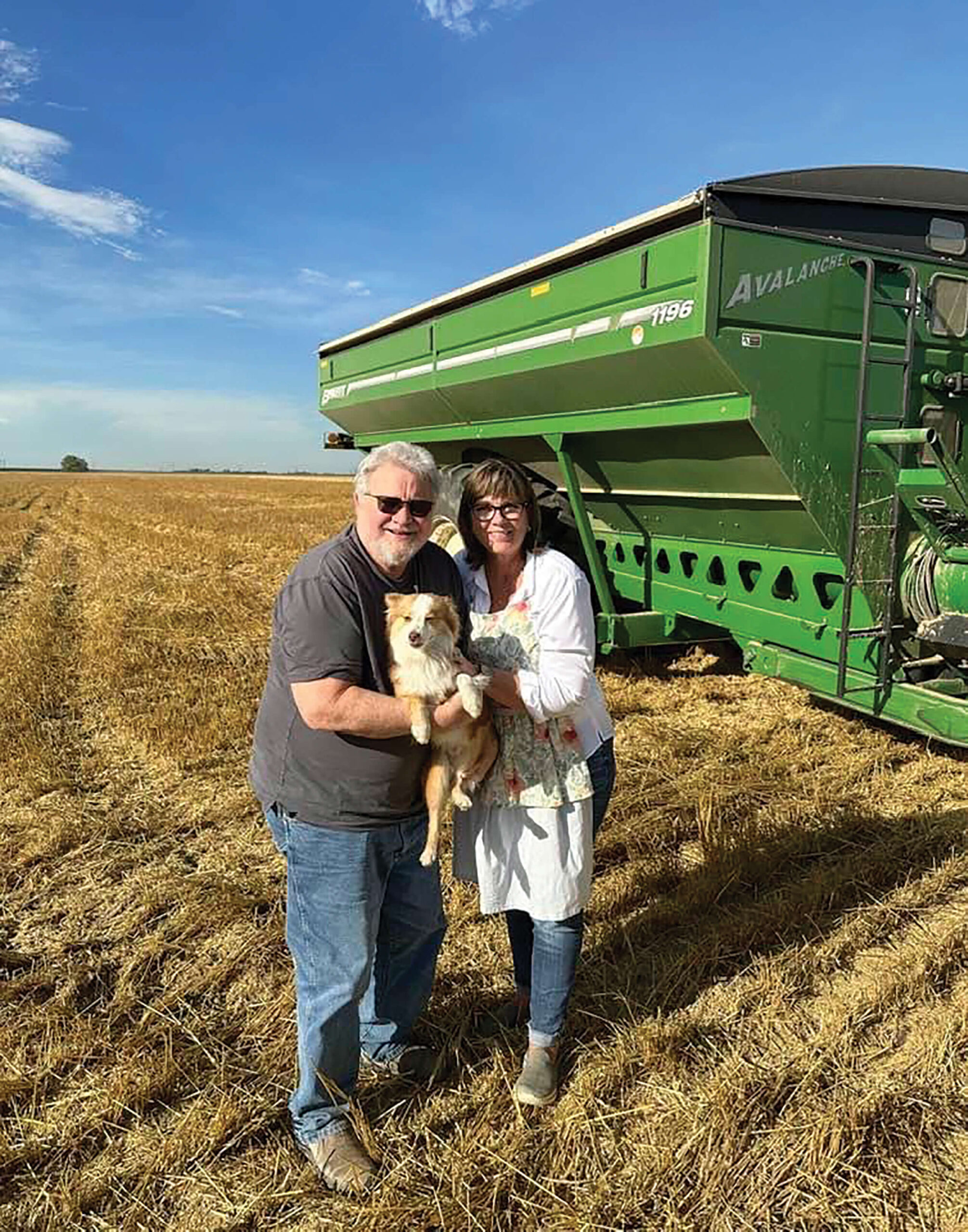
What do you see as the biggest threat or challenge in 2024?
One of the biggest agronomic challenges is Palmer amaranth, a tall, fast-growing annual weed that’s resistant to most herbicides. Corn rootworm is another challenge as it has overcome the field resistance offered by transgenic corn varieties with the Bt trait, which produce toxins to protect themselves from insects. Water supply is always a challenge and our water table is dropping – the wells don’t pump as much as they used to. It’s also become more expensive to pump water. The Colorado state government has mandated renewables for electricity so I can only see our energy cost rising from $120 per acre, currently.
What do you see as the biggest threat or challenge in the longer term?
As well as a current challenge, water supply is a perpetual problem, especially as the changing weather is seeing the water table fall. I also see energy costs could become prohibitive. Depending on the size of the well, irrigation means we can raise anywhere from 180 to 250 bushels per acre (12.1 to 18.8 t/ha). On dryland, we’re getting two crops out of three years and the average crop is maybe 80 bushels per
acre (5.4t/ha). You can see that would make us a lot less productive.
How do you plan to mitigate these challenges? We’re going to have to rotate crops more to help manage Palmer amaranth. That doesn’t mean bringing in more crops; instead, we’ll substitute some of the irrigated corn for irrigated wheat. We’ve seen that rotating the crops more helps break the cycle as we can tackle the weed with residual herbicides in the crop and after wheat harvest, we can use contact herbicides through the remainder of the summer.
An improved crop rotation is also the answer to the corn rootworm problem, and we’re having to use insecticides. We’re hopeful plant breeders will produce a new resistant trait in a few years. Although we’ve looked at growing cover crops to introduce more diversity, it’s really too dry for that to be an option for us.
Do you see your farming practices changing as a result?
We’re unlikely to bring in more crop types but we are working on rotating corn and wheat more. We have built a successful operation here that continues to be successful despite our challenges – that’s an attractive situation to be in. I’m a third-generation farmer and the fourth
and fifth generations are lined up to succeed me. That’s a pretty big deal and the ability to keep the farm going is really positive.
Kenya
Francis Kigen is a dairy farmer in Baringo County, Kenya. He has adopted forage maize varieties promoted through the Kenya Nourishing
Prosperity Alliance to ensure a more consistent supply of quality forage for his 12-cow Friesian and Jersey herd.
What is your farming system?
I am a dairy farmer practicing a semi-zero-grazing system. The major crop I grow is maize, with 10 acres for silage production and two acres as a food crop. I operate a conventional farming system with minimum tillage.
What do you see as the biggest
threat or challenge in 2024?
For the past few years, there’s been a change in the rainfall pattern – it has become very unpredictable.
It’s forecast that we will experience El Niño rains in the last quarter of this year (2023). From past experience, the year succeeding the El Niño phenomenon has also seen changes in weather conditions, and it’s thought likely that the rainfall may spill over into the new year.
Therefore, the major challenge for 2024, in my opinion,
is unpredictable weather patterns. It’s also likely that crop pests and diseases will be more prevalent.

What do you see as the biggest threat or challenge in the longer term?
The long-term challenge, in my view, is the effects of a warming climate which leads to more unpredictable weather patterns. I also believe we will have to be wary of changes in soil fertility, as well as increasing incidences of resistance in pests and diseases due to the overuse of pesticides and herbicides.
How do you plan to mitigate these challenges?
Over the past two seasons, I have seen for myself the advantages of using quality seeds, which have yielded promising results. As well as planting seed from a reputable seed company, I will use advice and guidance from professionals and research findings in the field, though this comes at a fee. Irrigation would be a good option for me, but it’s expensive to set up in the short term.
Do you see your farming practices changing as a result?
Over the years, we have seen farming practices change from the influence of factors such as population pressure. I believe the warming climate will most definitely bring changes too.
Seeds of change

Kenya’s dairy sector is an important part of its economy, making up 3.5% of the country’s total GDP and employing over two million households, according to a recent FAO report. The Kenya Nourishing Prosperity Alliance is a collaboration between Land O’Lakes Venture37, the International Livestock Research Institute, Corteva Agriscience, and Forage Genetics International.
It’s working to improve livestock productivity by working with farmers to introduce more nutrient-dense, climate-adapted forage. If more milk could be produced by each cow through improved nutrition, it would increase local milk supply, raise revenues for smallholder dairy farmers, and reduce emissions intensity from the livestock sector. The East African initiative aims to reach
120,000 smallholders in Kenya and 100,000 in Ethiopia.

